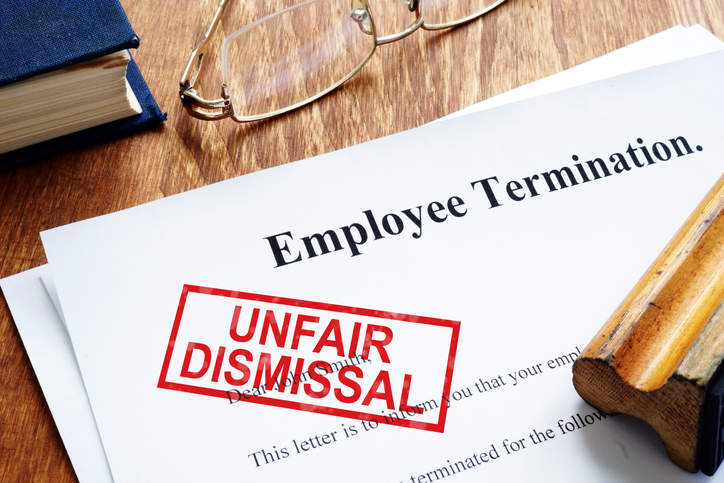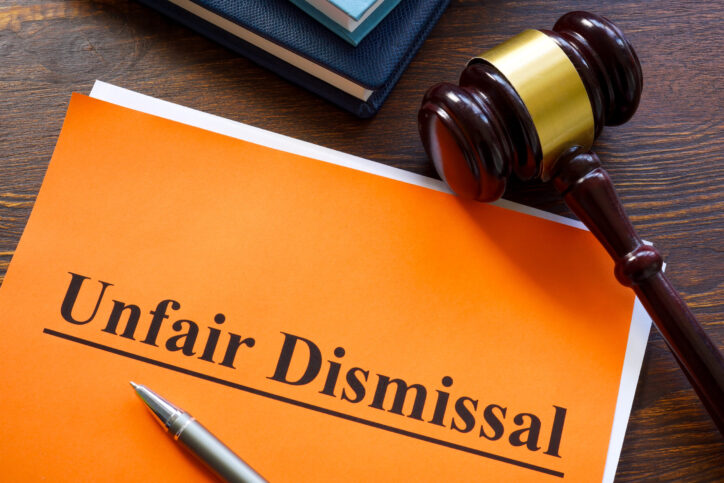Under WA’s new Work Health and Safety laws, businesses have been able to work through transitional arrangements for some parts of the Regulations. With many of these timeframes set to expire, here's what you need to know.

What is meant by a transition period?
The Work Health and Safety Act 2020 (WHS Act) commenced on March 31, 2022, with associated WHS Regulations commencing the same day.
To give you time to prepare for the changes, a number of transitional arrangements were put in place, including measures to transition or preserve similar arrangements approved under OSH Regulations, delaying commencement of new requirements, or certain provisions continuing indefinitely.
Most end dates for transitional arrangements are on March 30, 2024, with a couple on March 30, 2025, with some new requirements commencing on March 31, 2024.
The effective transition period for most measures will vary “according to individual requirements and existing conditions under [previous] OSH Regulations such as licence expiry dates, scheduled review periods, approvals and changing operational activities”, WorkSafe WA said.
More details about transitional arrangements can be found here.
What are some of the key transitional dates?
The following are key dates for WHS transitional arrangements.
Transitional arrangements ending March 30, 2024:
- Concrete placing booms – High risk work licence (HRWL
- Materials hoists – HRWL
- Plant designs and items of plant not registered under OSH Regulations and not completed by March 30, 2024
- Roll-over protection on tractors
Transitional arrangements ending March 30, 2025
- Falls from height – high risk construction work
- Reach stackers – HRWL
New requirements commencing March 31, 2024
- Asbestos removal – air monitoring by licensed asbestos assessor (LAA)
- Asbestos removal – clearance inspection by LAA
- Asbestos removal worker must be trained – specified VET courses
- Audiometric testing
In addition, there are a range of ongoing transitional provisions that preserve existing arrangements under OSH Regulations with varying effective end dates. See here for the full list.
Transitional arrangements for different industries
More information on transitional provisions for different industries can be found here:
Work Health and Safety (General) Regulations 2022 – transitional and savings provisions
Work Health and Safety (Mines) Regulations 2022 – transitional and savings provisions
CCIWA Work Health and Safety Practitioner Michelle Strother says with many of the transitional arrangements ending, it was important businesses were prepared.
Our qualified workplace health and safety experts provide cost-effective solutions to manage your WHS needs, reduce the risk to your workers and help you meet WA’s WHS laws. Email [email protected] or call (08) 9365 7415.






